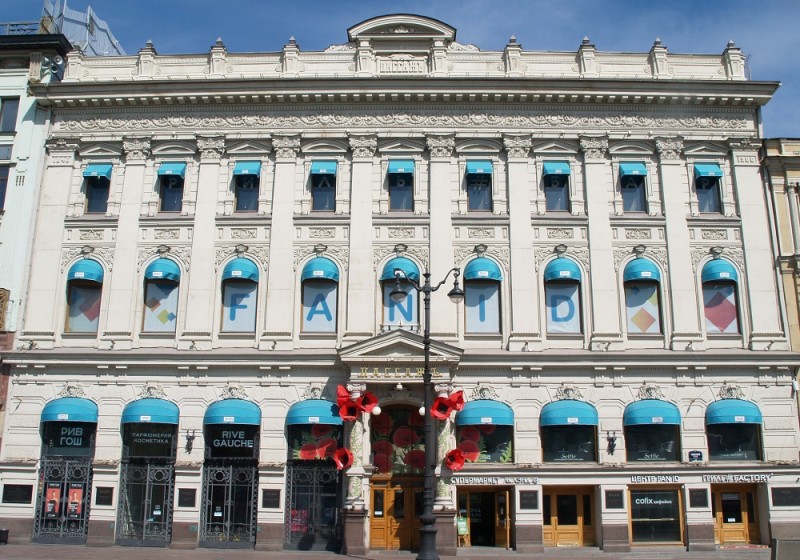Phryne at the Poseidonia in Eleusis
Phryne at the Russian Museum in St. Petersburg
24 October 2018 was the 175th anniversary of the birth of Henryk Siemiradzki, author of the monumental painting Nero’s Torches, which in 1879 became an impulse to creating the National Museum in Cracow.
Phryne at the Russian Museum
It is a less known fact that another work by Siemiradzki, Phryne at the Poseidonia in Eleusis, inaugurated the existence of the Russian Museum in St. Petersburg. The painting depicts the Greek courtesan Phryne playing the part of Aphrodite emerging from bath in front of a crowd of people, and it was designed to perfectly portray timeless beauty. It was exhibited in St. Petersburg in 1889, arousing tremendous admiration among the public, as a result of which Tsar Alexander III purchased the canvas by for a staggering sum of 50,000 rubles in gold.
Phryne became a pride of the tsar’s collection, which comprised contemporary Russian art and was the cornerstone of the Museum of Art established by Tsar Nicholas II in 1895. In this way, Phryne by Henryk Siemiradzki, alongside Ilia Riepin's work Reply of the Zaporozhian Cossacks to Sultan Mehmed IV of the Ottoman Empire, purchased in 1891, became the epitome of the Russian national school not only in painting but also in art. The work can be seen today at the State Russian Museum in St. Petersburg, in St. Michael’s Castle.



